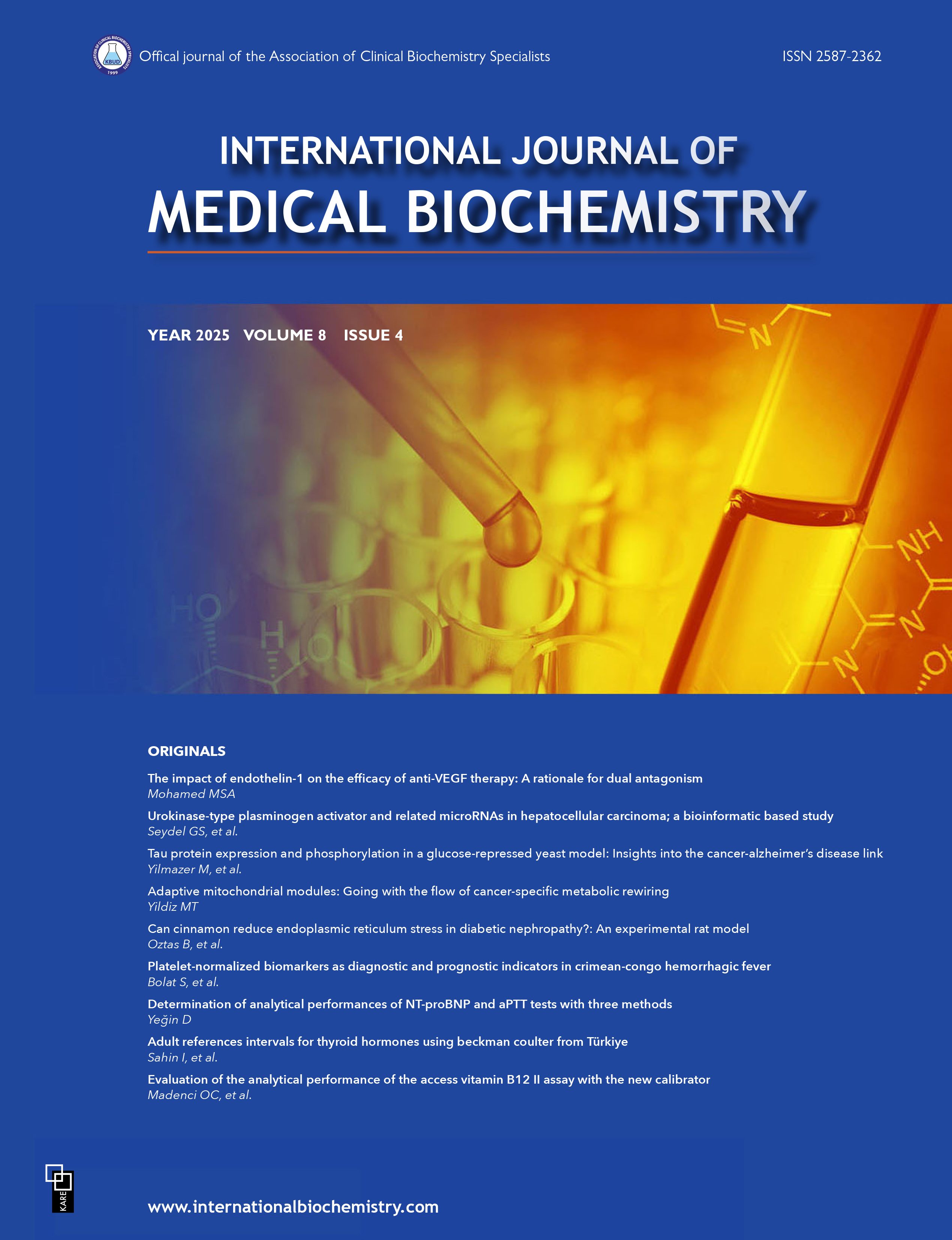Data to assist in the determination of biochemistry test ranges to assess hemodialysis efficacy in patients with chronic renal failure
Claudio Ilardo, Yoann Ehrhard, Olivier Calas, Joel BarthesLABOSUD laboratory (Inovie member), Montpellier, FranceINTRODUCTION: Reference intervals are usually defined based on blood samples from healthy subjects and specific reference ranges for patients on hemodialysis (HD) are not currently available. The aim of the study was to establish expected ranges of biochemical analytes before and after HD for patients with chronic renal failure (CRF).
METHODS: The findings of the 4 most recent quarterly check-ups of 684 patients (233 women and 451 men; age 18-95 years) treated with HD in several dialysis units attached to a single laboratory were studied. Biochemical analytes were measured using fully automated Roche Cobas C 501 or C 701 analyzers (Roche Diagnostics, Basel, Switzerland). Expected ranges were set according to International Federation of Clinical Chemistry and Clinical and Laboratory Standards Institute guidelines using the nonparametric method.
RESULTS: Compared with pre-HD values, beta-2 microglobulin (β2m), chloride, creatinine, phosphate, potassium, and urea concentrations were lower post-HD (p<0.001), while bicarbonate, calcium, protein, and sodium concentrations were higher (p<0.001). Comparison with healthy subjects revealed that the levels of β2m, creatinine, and urea were higher before and after HD. Other analyte ranges were either lower, higher, or equivalent to healthy subjects in pre- and post-dialysis measurements. Differences between sexes were not significant, with the exception of creatinine, as well as a significant difference (>10%) in the creatinine level between individuals under and over 60 years of age (p<0.0001).
DISCUSSION AND CONCLUSION: The establishment of specific ranges for dialysis patients could contribute to finding specific thresholds to monitor the effectiveness of HD.
Keywords: Biochemical, blood serum, hemodialysis, reference intervals, renal failure
Manuscript Language: English







